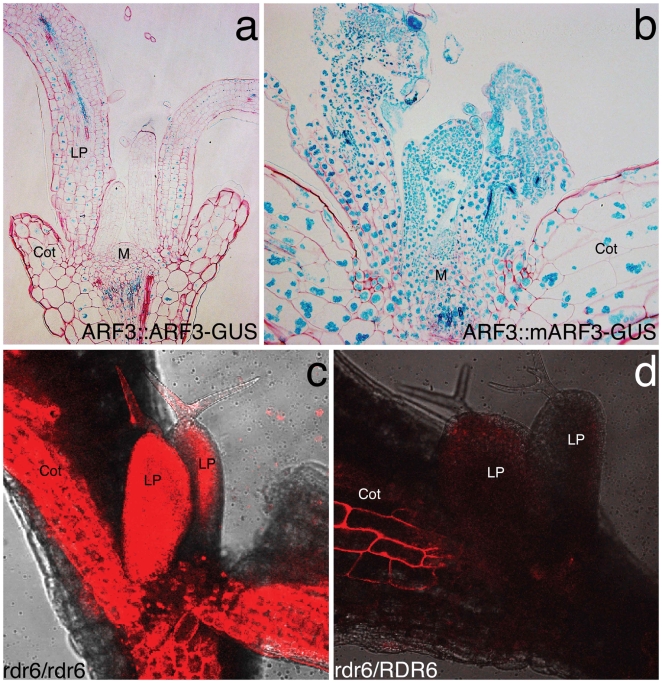Figure 3. Silencing effects of tasiRNAs are manifested non-cell autonomously.
(a) ARF3-GUS protein expressed from its native promoter accumulates only weakly in leaf primordia and is absent from the shoot apical meristem (M). When insensitive to tasiRNA-mediated regulation (mARF3-GUS), much stronger GUS signals are detected throughout primordia as well as the shoot apical meristem with identical staining conditions (b). A ubiquitously expressed tasiRNA-responsive dsRed-sensor is active in most tissues in the absence of tasiRNAs in an rdr6 mutant background (c), but becomes greatly reduced throughout primordia (LP) and cotyledons (Cot) in the presence of a wild-type RDR6 copy in heterozygotes, i.e. in the presence of tasiRNAs (d). Exposure times in (c) and (d) were the same.

